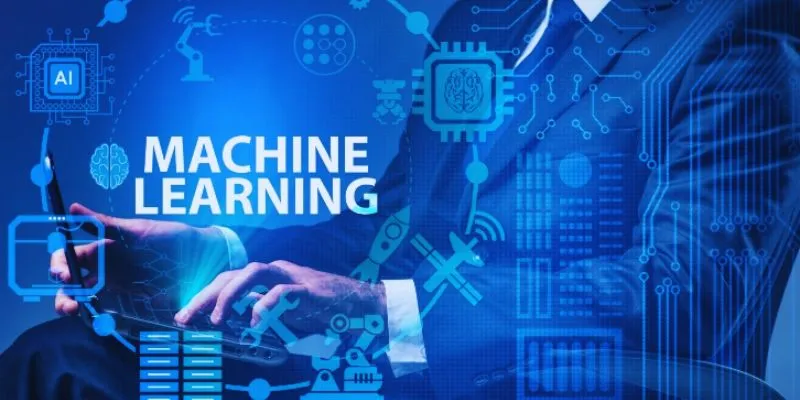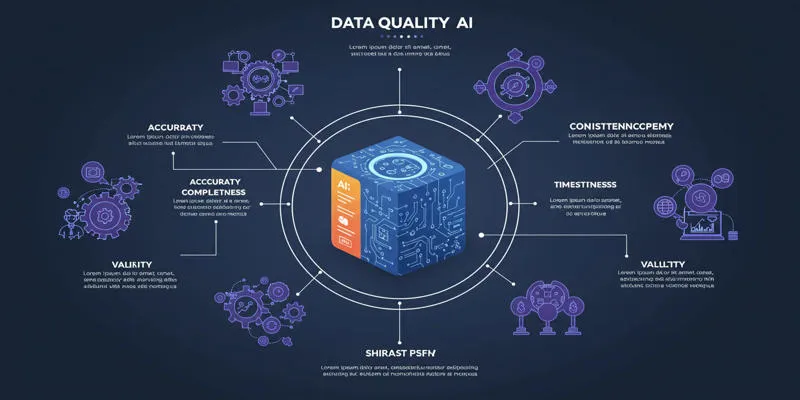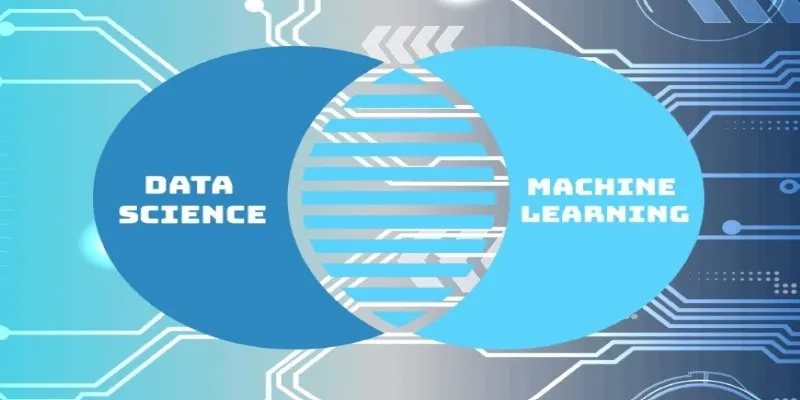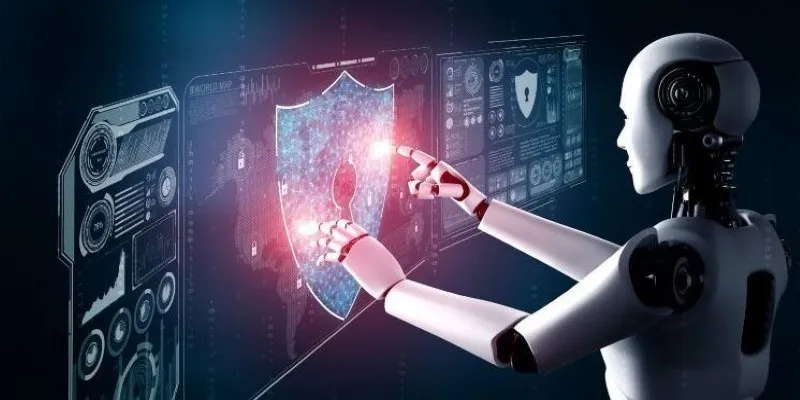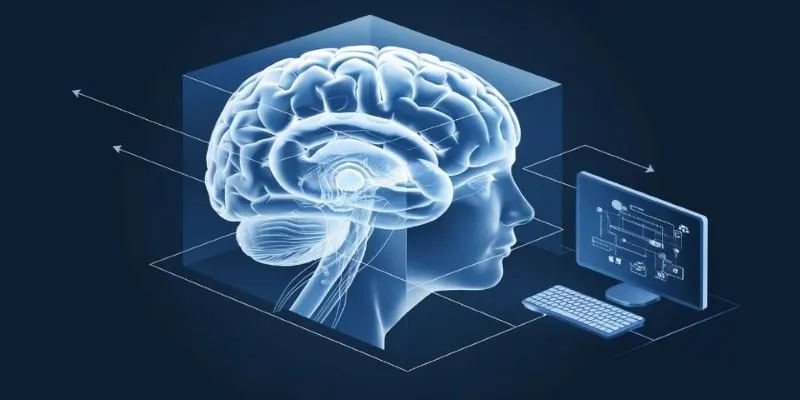Industries are evolving to become smarter, faster, and more efficient, thanks to the Artificial Intelligence of Things (AIoT). By merging the capabilities of Artificial Intelligence (AI) with the Internet of Things (IoT), AIoT enables connected devices to not only collect data but also analyze it in real-time and take action autonomously.
This article delves into how AIoT is revolutionizing industries with real-time intelligence, enhancing productivity, automation, and decision-making.
Artificial Intelligence of Things (AIoT): The Fusion of AI and IoT
The Internet of Things (IoT) connects physical objects like factory equipment and home appliances through smart sensors, software, and network connectivity. Artificial Intelligence, on the other hand, learns from data to identify trends and make informed decisions. When these technologies combine, AIoT devices transcend basic data capture, analyzing information, making forecasts, and generating automated responses with minimal human intervention.
This integration is advancing real-time intelligence, where systems utilize live data to make instant decisions, thus enhancing user experiences, reducing downtime, and boosting operational efficiency.

Key Components of AIoT
Understanding AIoT’s role in industrial transformation requires identifying its key components:
- Connected Devices: These are essential for AIoT as they enable communication between machines, systems, and networks.
- Smart Sensors: They gather real-time data on factors like temperature, vibration, and pressure, providing valuable input for AI algorithms.
- Edge Computing: This technology reduces latency by processing data close to its source, rather than relying solely on centralized servers.
- Machine Learning in IoT: IoT systems improve over time by using machine learning algorithms to adapt to new patterns and situations.
Real-Time Intelligence in Action
AIoT systems analyze large volumes of data from various sensors and devices. Instead of sending all data to a central cloud, AIoT often uses edge computing to process information locally, allowing devices to respond instantly.
A key aspect of this approach is real-time monitoring. In manufacturing, AIoT monitors equipment status, production lines, and supply chains, enabling prompt corrective actions and minimizing downtime.
Revolutionizing Industries: Impact of AIoT
Here’s how AIoT is transforming various industries:
Healthcare
In healthcare, AIoT is revolutionizing patient care with connected devices like smart wearables for remote monitoring. These devices track vital signs such as heart rate and blood pressure in real-time, enabling faster diagnoses and preventive care.
Additionally, AIoT manages critical equipment, monitors inventory, and streamlines processes, making healthcare more efficient and cost-effective.
Manufacturing
AIoT optimizes production lines in smart factories, automating decision-making and enhancing predictive maintenance. Smart sensors collect and analyze data to predict equipment failures, reducing downtime and maintenance costs.
AIoT also enables intelligent automation, where machines adjust activities based on real-time data, improving precision, reducing waste, and enhancing safety.
Agriculture
In agriculture, AIoT is advancing smart farming. Smart sensors monitor soil moisture, temperature, and crop health. AI algorithms analyze this data to provide insights for irrigation, fertilization, and pest management, promoting sustainable and efficient farming.
Retail
Retailers utilize AIoT to offer personalized shopping experiences. By analyzing customer behavior, they can adjust promotions, manage inventory in real-time, and optimize store layouts.
Technologies like cashier-less checkouts and smart shelves, powered by AIoT, streamline customer service and enhance sales.
Transportation and Logistics
AIoT enhances fleet management, traffic optimization, and safety in transportation. Predictive analytics from AI and GPS-enabled sensors improve vehicle performance and route planning.
This control reduces fuel costs, optimizes deliveries, and enhances safety. In logistics, AIoT tracks cargo, predicts delays, and automates warehouse operations.

Data as the Fuel: Role of IoT Data Analytics
Central to AIoT is IoT data analytics, which transforms raw sensor data into actionable insights. This allows businesses to predict trends and make informed decisions, especially in sectors like energy where optimizing grid efficiency is crucial.
With machine learning in IoT, systems continuously improve using fresh data, increasing the efficiency and accuracy of AIoT systems over time.
Security and Scalability: The Next Challenges
While AIoT’s potential is vast, it raises concerns about data privacy and security. Robust cybersecurity measures are essential as large volumes of data are generated and analyzed.
Scalability is another challenge, requiring companies to adapt their AIoT solutions to manage increasing data and evolving business needs.
Future Prospects: The Road Ahead for AI-powered IoT
The future of AI-powered IoT is promising. As 5G networks expand and cloud-edge systems mature, AIoT will become faster, more responsive, and more potent. Industries will shift towards proactive and self-regulating decisions.
Moreover, the growing accessibility of AIoT tools will allow even small and medium-sized enterprises to adopt these systems, fostering innovation and personalized customer experiences.
Final Thoughts
Artificial Intelligence of Things (AIoT) is more than just a buzzword; it’s a transformative force across industries. By providing real-time intelligence to connected devices, AIoT enables smarter, faster, and more efficient operations in manufacturing, healthcare, logistics, retail, and beyond.
Industries that embrace this technology will lead in the era of intelligent automation, as AIoT continues to evolve. The future is intelligent—and it’s already here, driven by edge computing and AIoT devices that streamline processes.
 zfn9
zfn9




